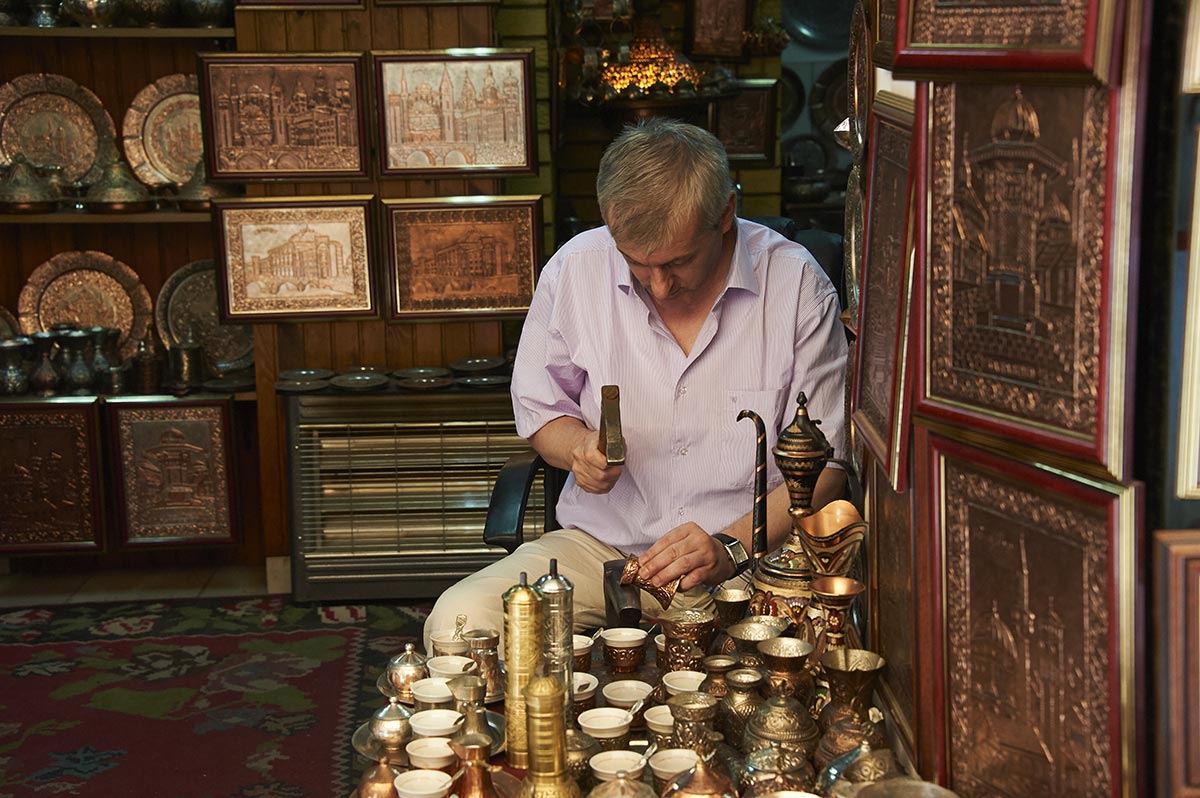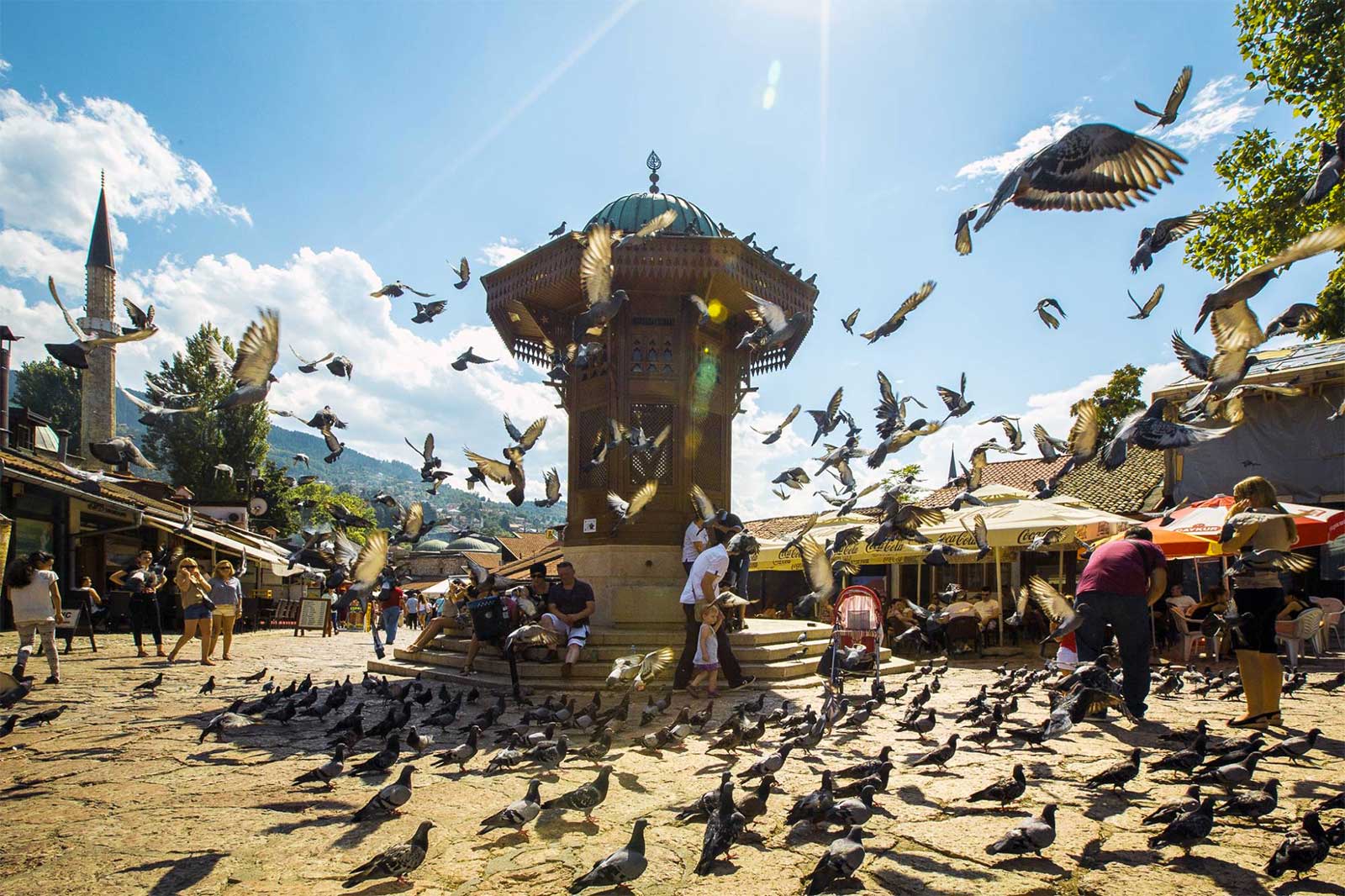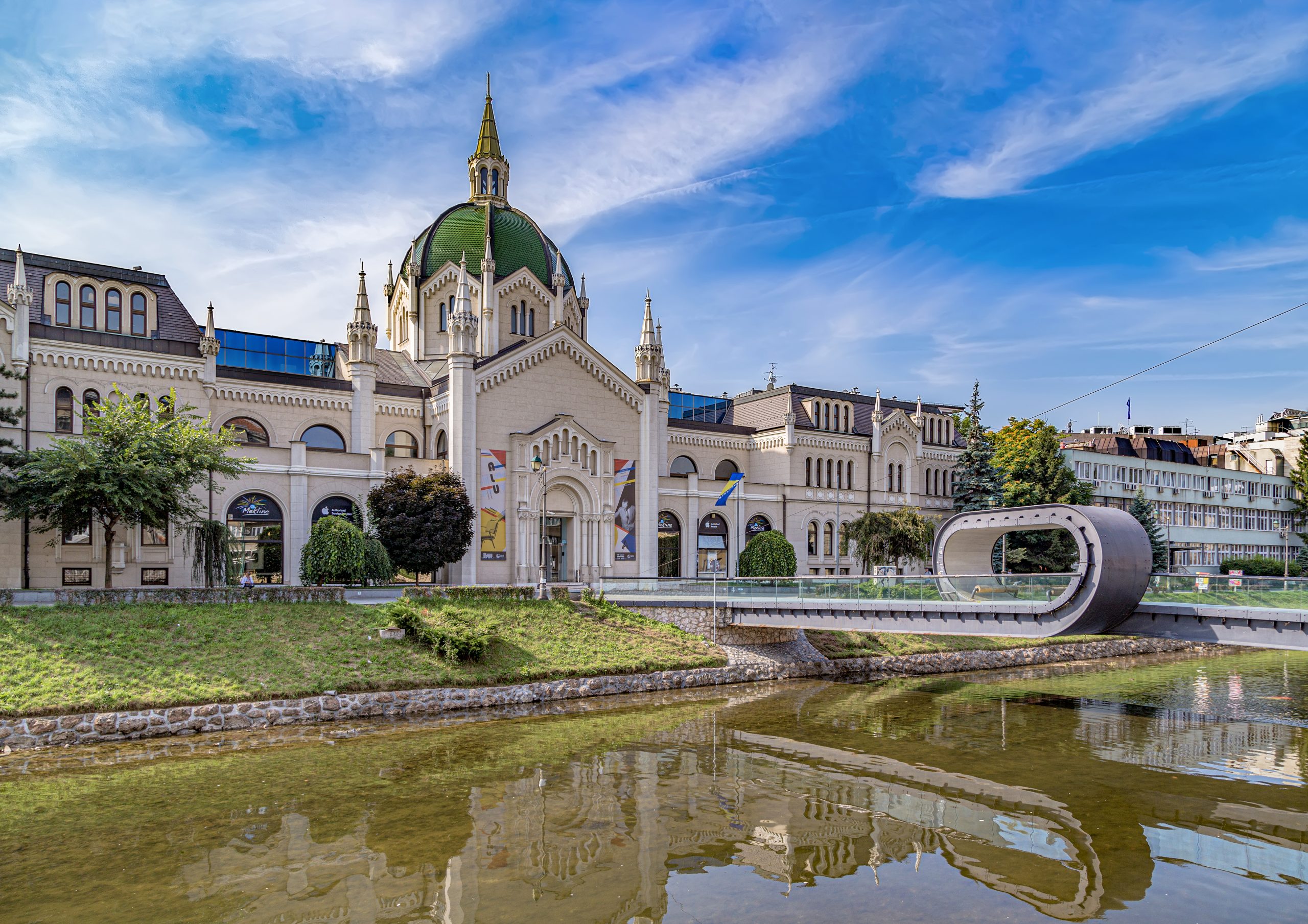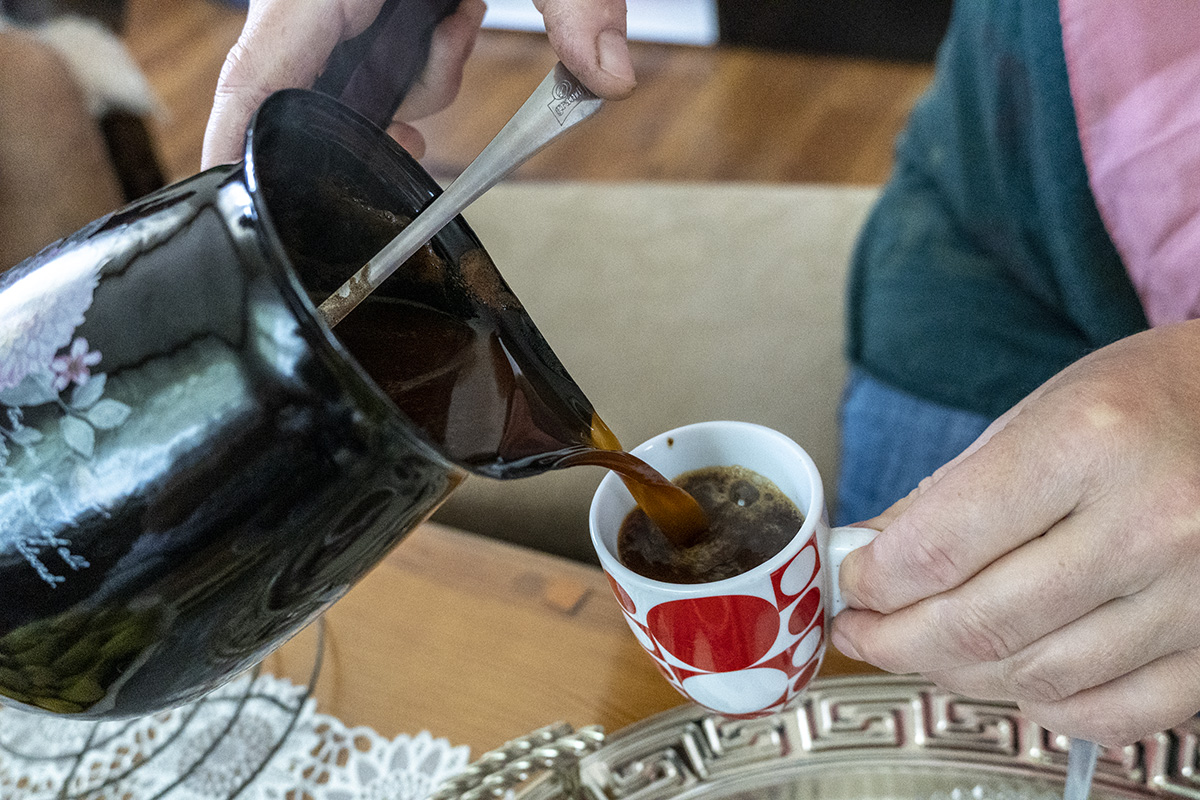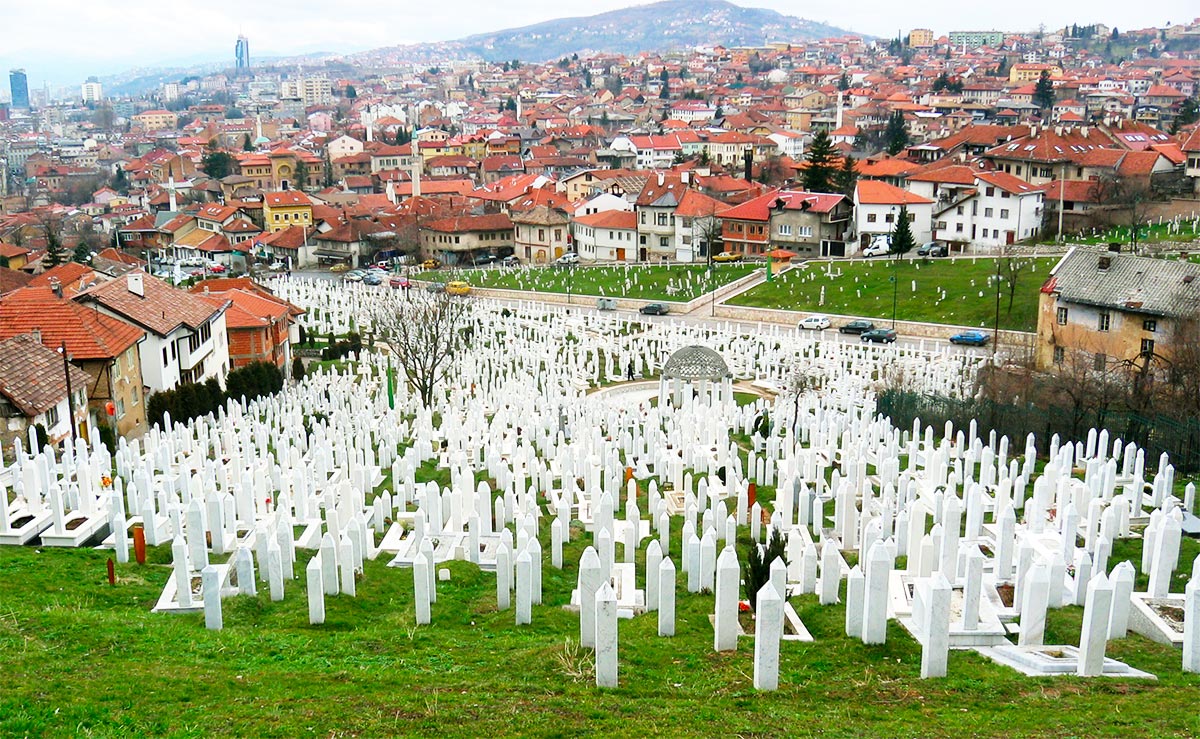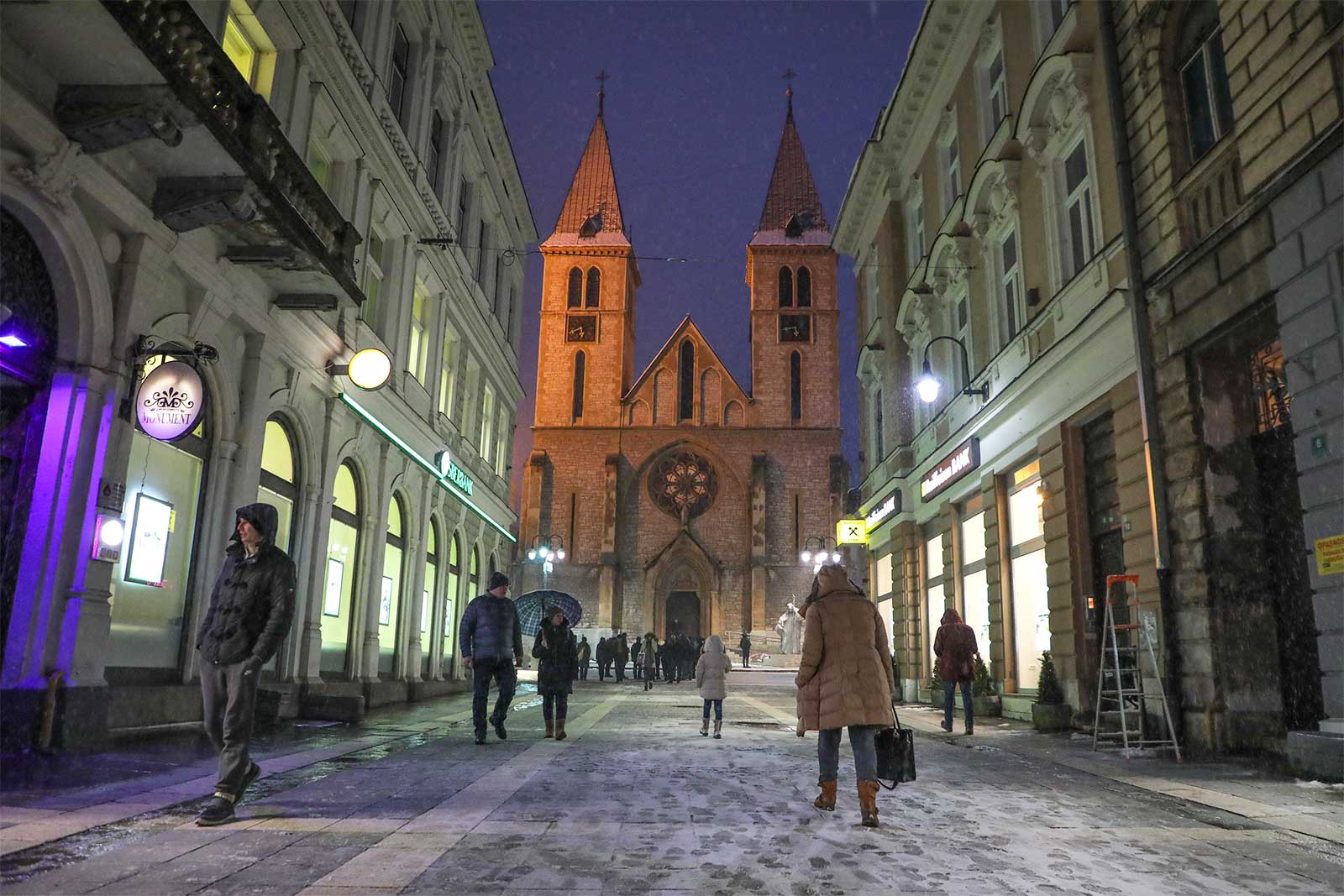Gazi Husrev-bey was a military strategist and is considered the most important governor of Ottoman Bosnia. By building the World famous Gazi Husrev-bey’s mosque in early 16th century, and whole endowment (waqf) complex around it, including Gazi Husrev-bey’s Madrasa, the Khaniqah, the Imaret (kitchen), public toilette, the Bazaar, the Han (accommodation), the Musafirhana, the Hammam and numerous shops in Sarajevo, Gazi Husrev-bey became the most important benefactor of Sarajevo.
Among the many things that were dictated for his “vakufnama” (deed of endowment) in 1531, Gazi Husrev Bey, also stated the following:
“Good deeds cause evil to flee, and the loftiest of all good deeds is charity. The loftiest of all charities is the one that lasts forever, while the most beautiful of all good deeds is the one that keeps on giving…. The efficacy of the vakuf will persist for as long as this world exists, and its work will continue until Judgment Day.”

